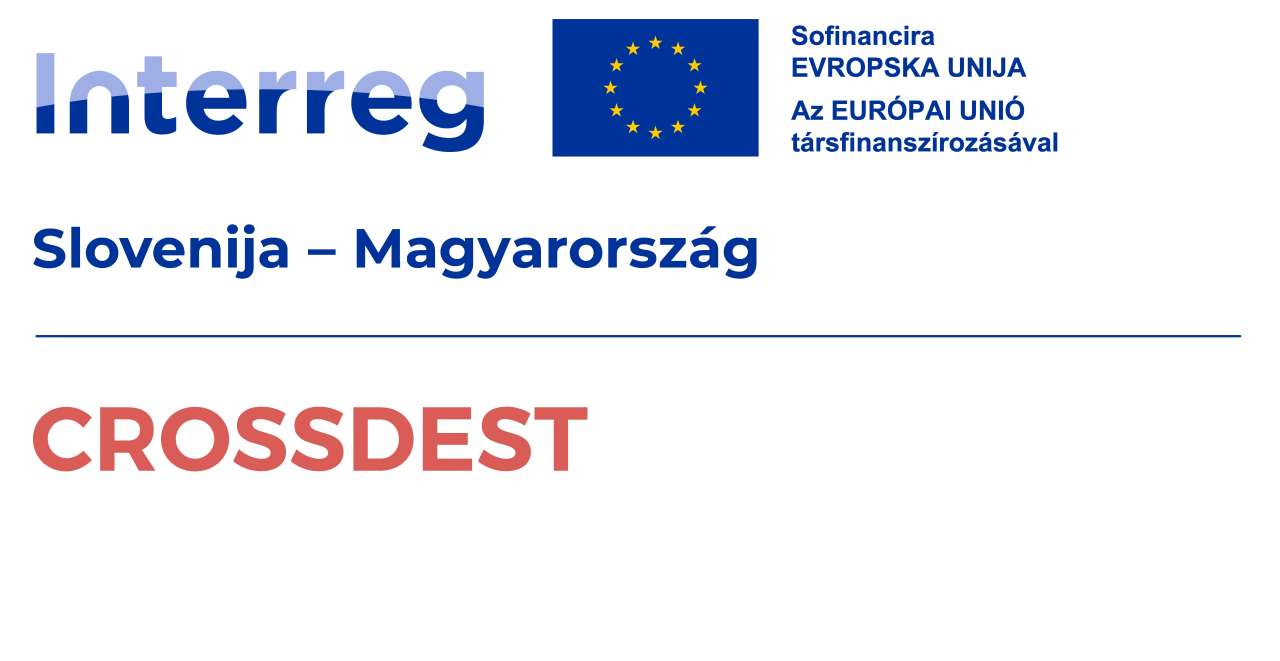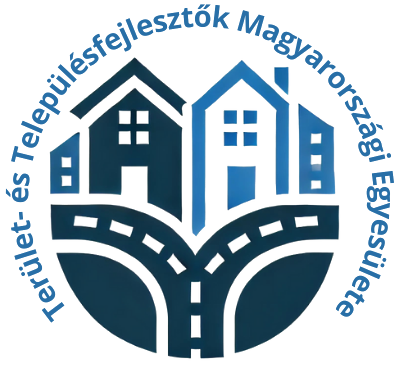-

Photo: Hévízi Turisztikai Np. Kft. -

Photo: Hévízi Turisztikai Np. Kft. -

Photo: Hévízi Turisztikai Np. Kft.
Árpád-era Church and Calvary
The Saint Mary Magdalene Church in Egregy is one of the three surviving Árpád-era churches around Lake Balaton, believed to have been built in the mid-13th century.
More information
The first written record of it dates back to 1341, and its original patron saint was Saint Catherine of Alexandria. The church was rededicated in Baroque style in 1731, at which point it was named after its current patron saint, Saint Mary Magdalene.
The single-nave, east-facing building with a straight sanctuary features Romanesque architectural elements.
Its tower is three-storeyed with twin windows, crowned by a spire reinforced with eight wooden beams. The sandstone church has undergone several restorations over time but still retains its medieval form. Its wall paintings evoke folk motifs, the altar is adorned with a medieval cross, and beneath the tower, a fragment of a baptismal font from the Romanesque period can be seen.
The unique atmosphere of the building is enhanced by its location at the intersection of energy lines, offering not only a historical but also a spiritual experience. The church's opening hours vary seasonally:
-
1 April – 30 September: 8:00–19:00
-
1 October – 31 March: 8:00–16:00
The Egregy church is a unique treasure not only from an architectural but also from a sacred and cultural perspective. It is a highly protected monument that survived the Turkish era – perhaps precisely because it was used solely as a cemetery chapel for a long time due to the depopulation of the village.
Calvary
A pilgrimage embraced by nature
The Egregy Calvary is a 300-metre-long walkway with 14 stations, featuring a 23.5-metre elevation – roughly equivalent to the height of an eight-storey building – leading towards the Árpád-era church. The path winds charmingly along the hillside, accompanied by shady trees, resting spots, and a design radiating natural harmony.
The stations are adorned with works by Tibor Túri Török, and at the end of the Way of the Cross, a wooden cross and a stone sculpture symbolising an empty tomb commemorate Christ's resurrection. The route leads to the northern side of the Romanesque church built in the 13th century, offering both a spiritual and historical experience.
The Calvary can be explored on foot, by bicycle, by car, or even as part of a guided tour, while the city sightseeing electric minibus allows visitors to discover other sacred sites in Hévíz as well.
Target group
-
Class trips
-
Families with older children
-
Friends
-
Seniors








